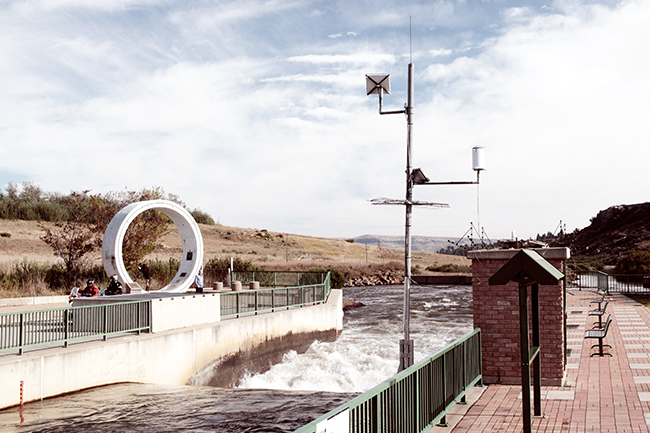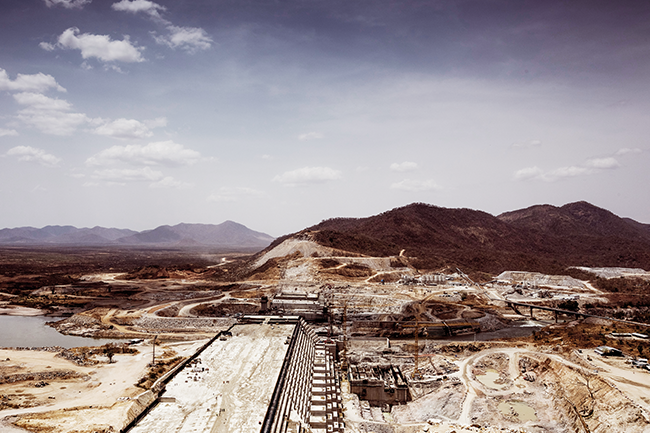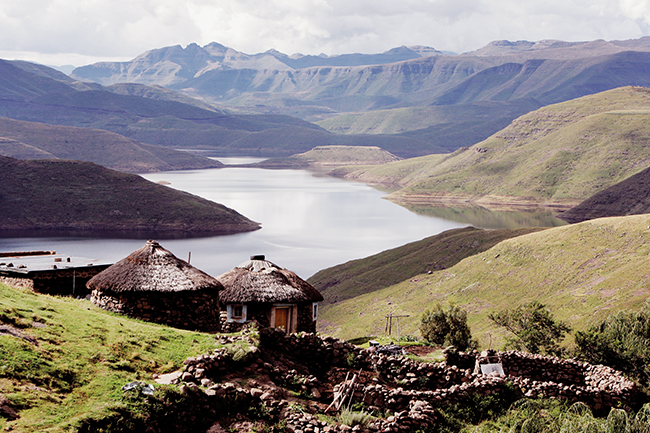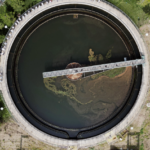Across the continent, major water infrastructure projects are on the go. Many billions of dollars are being spent on megaprojects taking decades to develop, all in search of solutions to provide the continent with more power, more water, and boost economic growth.
The Lesotho Highlands Water Project was established in 1986 as a joint project between the Kingdom of Lesotho and the Republic of South Africa. The project – envisaged to take up to 50 years – aims to increase water to the Gauteng province of South Africa, while Lesotho will benefit from hydroelectricity.
Planned to be executed in two phases, Phase 2 of the project was launched in 2014, and encompasses a number of environmental, social and public health assessments, the design and construction of the third dam – the Polihali dam – and the associated 38 km water transfer tunnel, and other infrastructure.
‘[Phase 2], which is expected to take approximately 10 years to be completed, is a further step in the process of securing an independent electricity source for Lesotho that will meet the country’s electricity requirements and to provide assurance of water delivery to the Gauteng region,’ says Tente Tente, divisional manager for Phase 2 of the Lesotho Highlands Development Authority (LHDA).
This section of the project is expected to boost water supply to South Africa from the Lesotho Highlands system from the current rate of 780 million cubic metres per annum to 1 255 million cubic metres per annum – an increase of about 475 million cubic metres – with the aim of meeting Gauteng’s pressing water demands. The project is also significant for Lesotho, with hydropower generation standing to increase substantially. Since the launch of Phase 2, the procurement process has taken off in full force, with a number of contracts now granted, ranging from the contract for the demarcation of the Polihali reservoir, the construction of access roads, and geotechnical investigations.
However, bidding for the real meat of the project is just getting under way. Contracts are now on offer for the construction of the 165m-high Polihali dam, a saddle dam and a spillway, the transfer tunnel connecting to the Katse reservoir (completed under Phase 1), as well as a pumped-storage and conventional hydropower generation plant.
Additional contracts are also on offer for the construction of myriad feeder roads and bridges, and for the installation of bulk power lines and a telecoms network.
According to the LHDA’s most recent indicative schedule, construction of the Polihali dam should begin in December 2019, with a view to completion by 2024. Construction of the transfer tunnel is scheduled to begin in February 2020, with the aim of 2025 completion, while a number of vital roads and bridges are envisaged over the same years.
Around Africa, other large-scale water infrastructure ‘megaprojects’ are also under development. Focused on boosting power production, the Grand Ethiopian Renaissance dam (GERD) project sets the stage for Africa’s largest hydropower plant, which will produce 6 000 MW of power for Ethiopia, and for sale to its neighbouring countries. The megaproject is currently more than 60% ready, and completion is expected by the middle of 2019.
Over in the DRC, the Grand Inga project aims to create a dam network along the Congo river, eventually set to fuel one of the largest hydropower plants in the world. The Inga 1 and 2 dams were completed in the 1970s and 1980s respectively, but operate at less than 50% capacity. Plans are in place to launch the construction of the world’s largest dam – the Inga 3 – set to cost US$14 billion. The original plan was for a hydropower plant with a 4 800 MW generation capacity.

Much of the produced power – 2 500 MW – was to be sold to South Africa. However, financing problems brought the project to a sudden halt last year.
Fresh plans are emerging for a vastly scaled-up Inga 3. New plans would see the Inga 3 hydropower plant producing between 10 000 MW and 12 000 MW of electricity, in a bid to balance out costs.
These water-based megaprojects are heralded by the instigators as offering numerous benefits, namely greater control over water management, energy self-sufficiency within Africa, responses to climate change, economic growth, and inter-regional political stability. ‘Smaller-scale hydro dams are already producing electricity for Ethiopia and for neighbouring Kenya, Sudan, Djibouti and soon South Sudan, Tanzania and other [countries]. This benefits all and binds African countries in mutual gain,’ according to a spokesman of the Ethiopian embassy in London.
‘The vastness of Ethiopia’s natural resources can support large-scale projects, so it makes sense to benefit to the utmost.’
In addition, these projects respond to the problems posed by climate change, he says. The GERD will permit greater control over the torrential water that pours into the Nile during the rainy seasons, by allowing water to be gathered and released gradually. ‘Climate change will bring changing weather patterns so having a way of gathering vast quantities of water, which can be used in a more predictable way, will be a great advantage.’
Critics, however, disagree with many of these alleged benefits. According to Ange Asanzi, International Rivers Africa programme associate, large-scale water infrastructure projects face myriad challenges, and do not necessarily have a beneficial impact.
For example, Asanzi says that, by such a huge reliance on hydropower megaplants as an energy source, Ethiopia has placed itself in a vulnerable position regarding power generation, especially given the projection of decreasing rainfall and higher frequency droughts in East Africa.
From an economic perspective, water infrastructure projects generally include a hydropower element – which undoubtedly carries economic benefits from additional power generation and sales, and has the knock-on effect of enabling the economic activities of those benefiting from the additional power availability.
On the other hand, Asanzi cautions megaprojects have the potential to plunge a country into debt, depending on the financing model the project relies on. Lessons should be learnt from the DRC’s Inga 1 and 2 experiences, she says.

‘Many large dam projects, as an example, suffer cost overruns – the final cost ends up twice or three times the initial cost – and then fail to generate enough revenue to recoup the costs. A good example is the Inga 1 and 2 dams in the DRC; the two dams contributed heavily to the country’s spiraling debt crisis,’ she says.
In contrast, Ethiopia has ensured the GERD project is financed through tax collection and bond sales, so the success of a project largely depends on the model of the project, says Asanzi.
One of the main justifications for the substantial investments into water infrastructure is to ensure better – ideally universal – access to water supplies for Africa’s population. Certainly in the case of the Lesotho Highlands project, increasing water supply to South Africa is a key motivation for the initiative.
Mao Amis, founding director of the African Centre for a Green Economy, says water infrastructure projects – especially water transfer networks – are of particular use in managing water supply and demand, and help boost economic activities reliant on water sources.
‘Water infrastructure such as efficient irrigation systems, will address the uncertainty associated with the continent’s changing rainfall patterns.
‘Water transfer tunnels, such as in South Africa, have been critical in balancing water demand and supply, by ensuring that basins that have a water shortage can receive supply from a water abundant region, with less demand. In this way economic activity can be sustained,’ says Amis.
He adds, however, that water projects must be achieved with sustainability and inclusivity in mind, and as such relying wholly on megaprojects may not be the final answer to Africa’s water challenges.
‘It’s important to ensure that as more infrastructure is developed, it’s done sustainably and should be more inclusive. The trend of developing extremely large water infrastructure is not sustainable and in most cases is not inclusive, resulting in the disenfranchisement and displacement of local communities, as we have seen in Sudan, Ethiopia and other countries,’ says Amis.
He argues the solution is to create distributed infrastructure systems, that are designed to solve ‘local’ problems and engage local communities, as opposed to focusing solely on regional megaprojects.
‘There is a need to mobilise local actors on the ground, more specifically through mechanisms such as social entrepreneurship, which is key for advancing local solutions to infrastructure development,’ he says.
‘The demographic dividend that Africa enjoys, means that solutions that promote youth engagement are going to be important in building resilience against climate change, and local entrepreneurship interventions provide those kinds of solutions.’


















